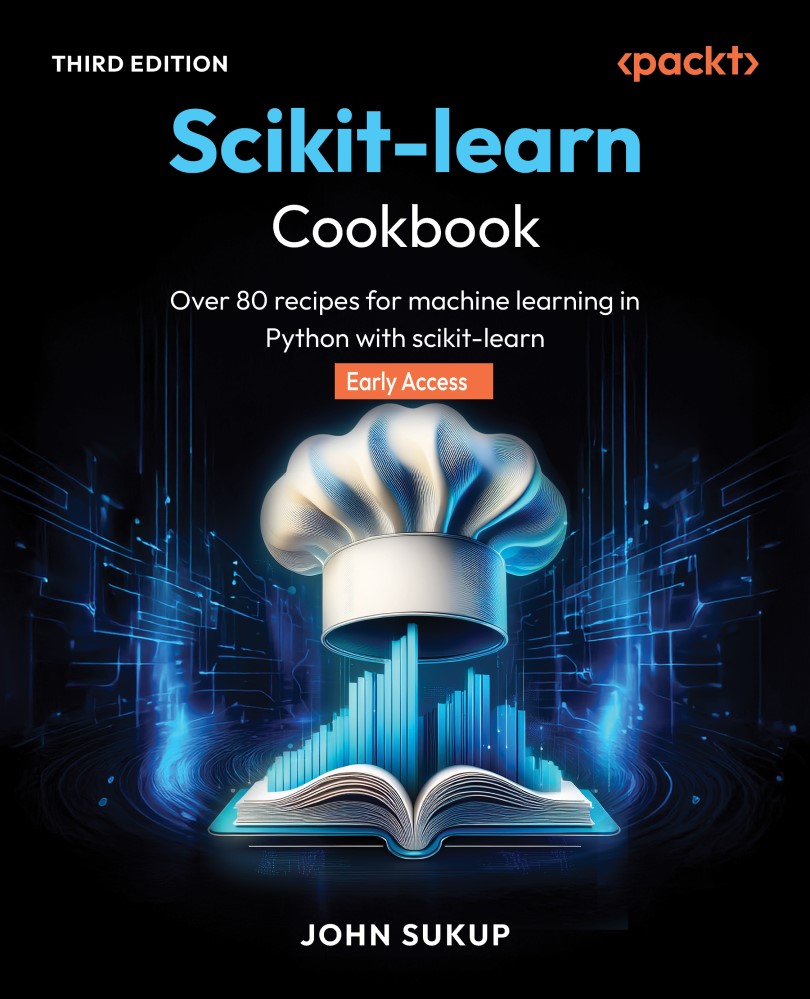Join our book community on Discord

https://packt.link/EarlyAccessCommunity
While many machine learning (ML) algorithms are complex and oftentimes challenging to wrap your head around (for instance, support vector machines (SVMs) and their kernel trick explored in Chapter 7), not every ML approach requires an advanced understanding of mathematics to truly comprehend its methodology. Tree-based algorithms are the case-in-point. These algorithms utilize a recursive stepwise data splitting process for training and performing classification and regression predictions. Furthermore, in real-world applications, tree-based approaches are often combined using a technique called ensembles which combines the predictions of several models together for additional predictive performance. In this chapter, we’ll learn about decision trees, random forests, and gradient boosting, focusing on ensemble techniques for improving model performance. Exercises involve implementing these models, tuning...

































































